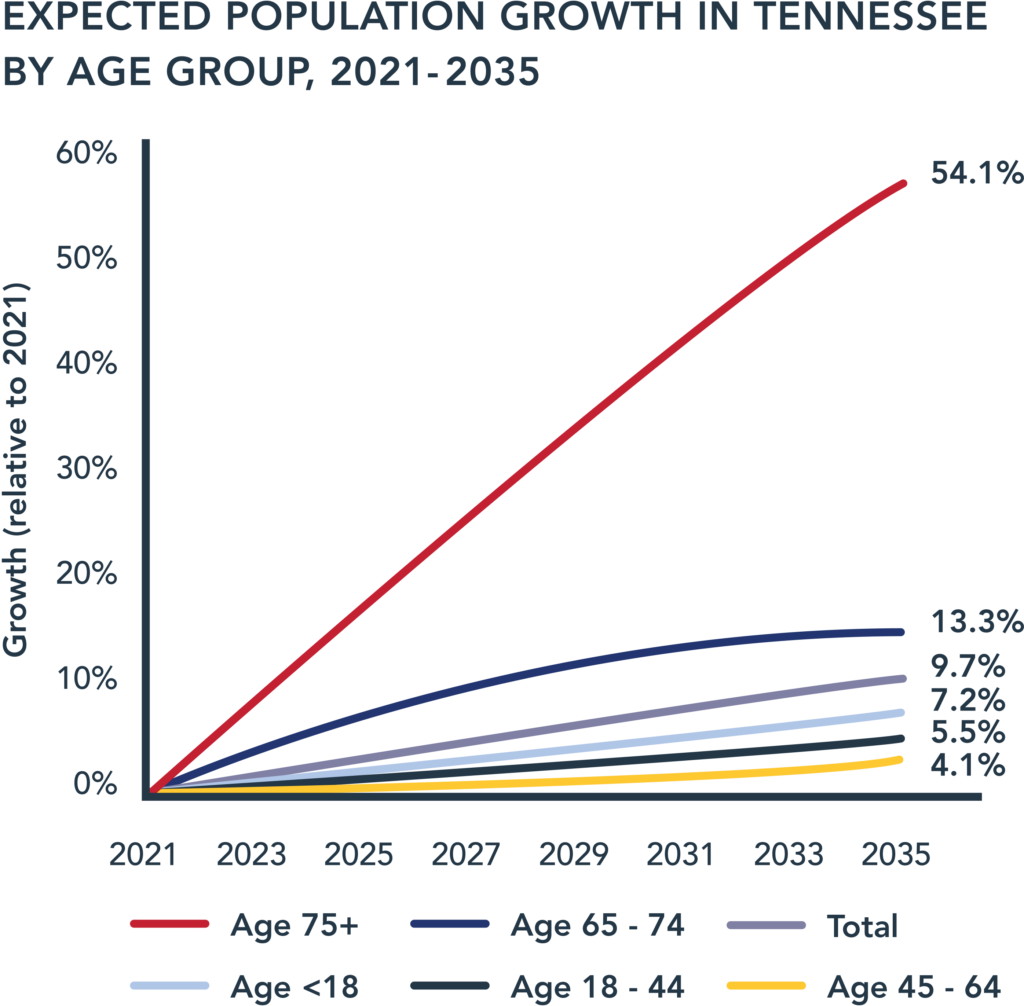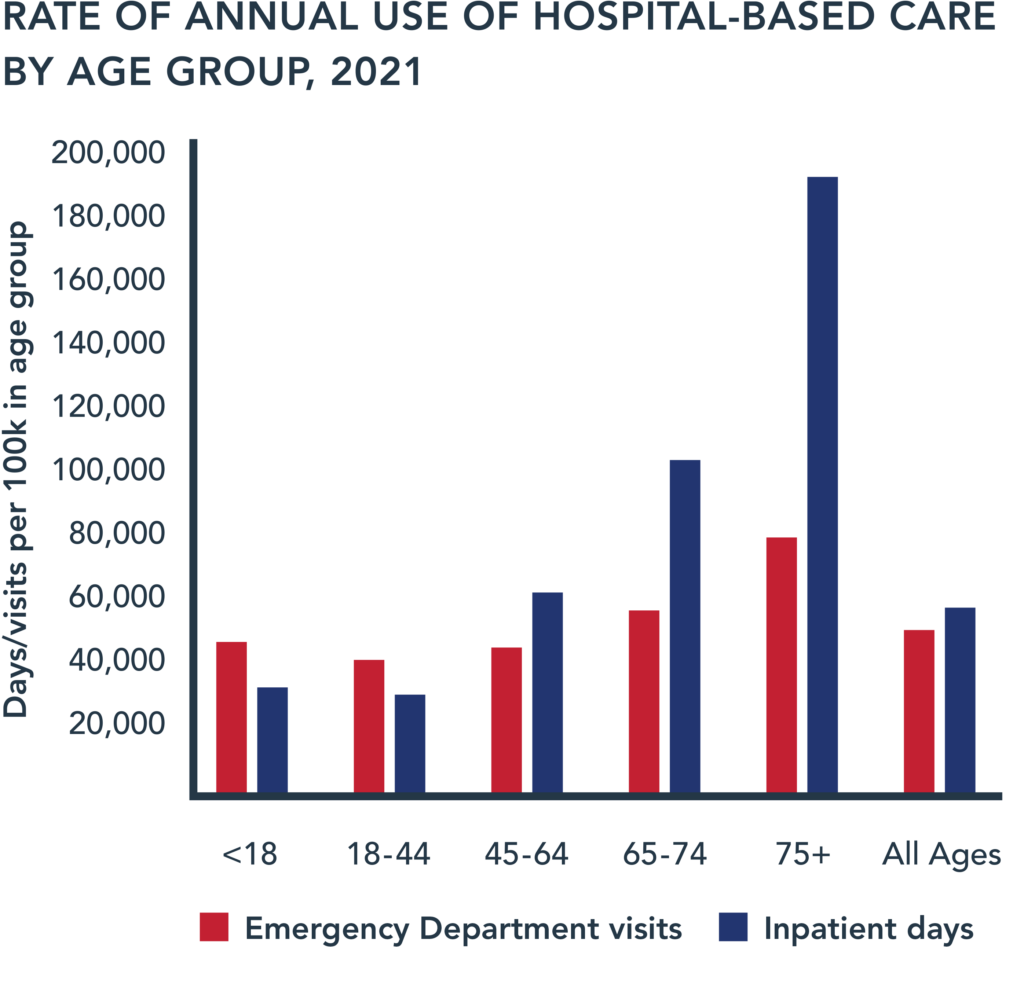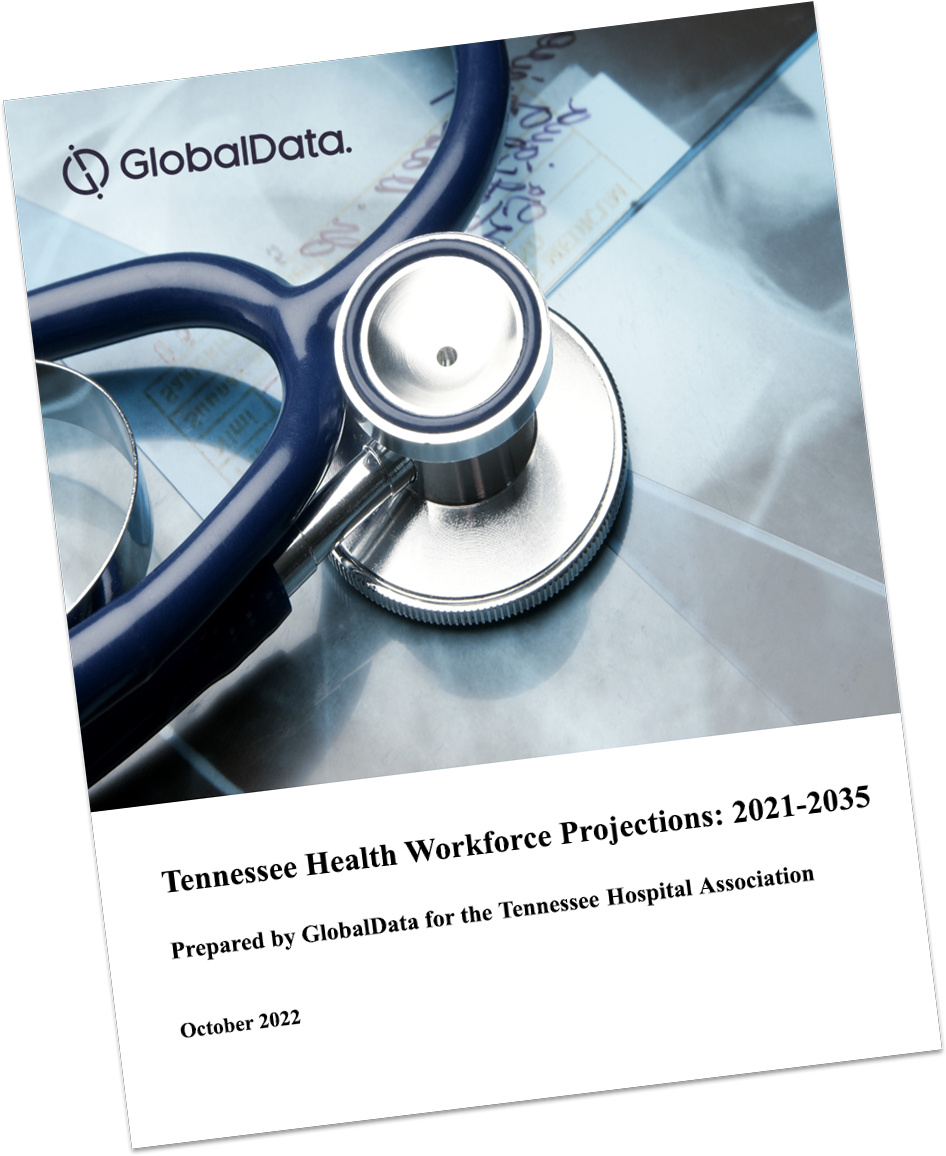
Tennessee hospitals are facing an unprecedented staffing crisis that is projected to last well into the next decade. With an expected shortfall of more than 15,000 in-demand positions by 2035, decision-makers must do more than “bridge” the workforce gap — we must mend it.





